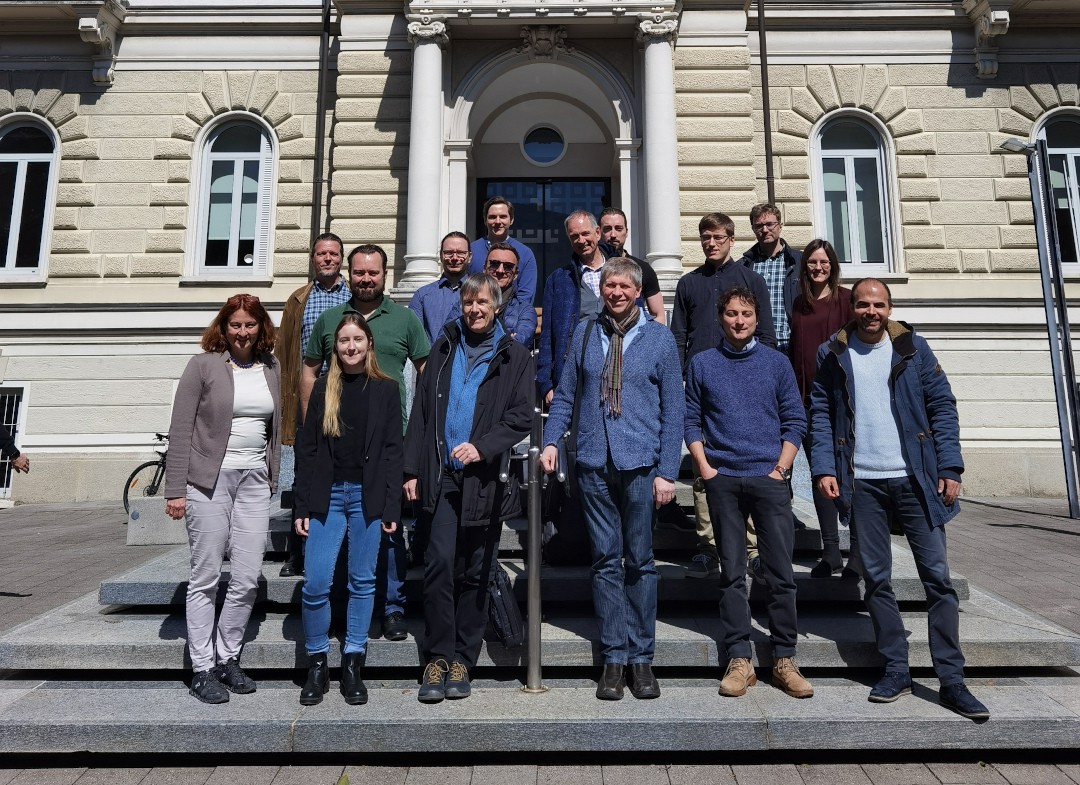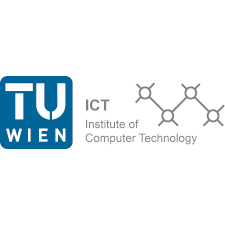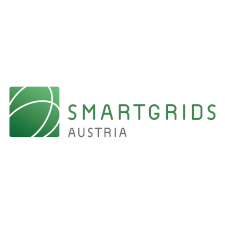Service Optimization of Novel Distributed Energy Regions

Project Description
Local and regional energy communities are expected to become important partners for distribution grid operators and significant contributors to energy system stability. However, there are no control strategies for communities to manage distributed energy resources and exploit inherent flexibilities within the communities. Massive deployment of renewables and the integration of new types of consumptions such as electric vehicles (EV) and datacenters post additional challenges for existing power distribution systems at local and regional level.
The project aims to develop a scalable, multi-service, and multi-level approach aiding the implementation of local and regional energy communities. It builds on existing knowledge of national and regional projects to investigate the potential of aggregation services for generation, consumption, demand response, and energy storage in a pan-European setting, including data centers, residential and industrial users. The enabling technologies are the use of existing consumption models, application of novel artificial intelligence (AI) strategies to optimize local efficiency with the goal to increase the amount of flexibilities by prediction, and active prosumer participation in a cellular, pan-European approach. On top of that, the project will look at correlating load profiles of novel actors (such as EVs and datacenters) in order to develop AI based algorithms for optimal placing of these loads in geographical and temporal terms. The knowledge of grids and power flow will enable operators to predict optimal conditions not only for grid operation but also for its extension and upgrade with respect to various loads.
The project involves need owners such as industry, energy service companies, distribution systems operators, datacenter operators, or local authorities, and analyses data from real-life pilot regions in the partner countries. Specifically, the Austrian pilot region will be Vienna’s 23rd district (Vienna Business District South), a quickly developing area of mixed industrial and residential use. Based on the analysis, the project partners will devise architectures (Austrian focus), models (Swedish focus), and independence–aware prediction methods (Swiss focus) for energy communities. Applying AI strategies will help to assess various regional differences and find points of optimization and interaction with respect to characteristics of new types of loads as well as stakeholder needs.
Expected results of the project are a sensitivity analysis, a common reference architecture validated with an interoperability profile that will enable multiple flexible services for local and regional energy communities (including, e.g., EV charging and datacenter operation, industrial/residential demand response) and multi-level (i.e., local vs. regional) optimization with respect to load characteristics and specific requirements. Models and data are shared between the international partners. Specifically for Austria, an outcome will be a roadmap for the development of the Standpunkt Liesing and the assessment of regional storage batteries and associated operator business models as a means to increase flexibility.
Partners

Institute of Computer Technology, TU Wien

PowerSolution Energieberatung GmbH

Technologieplattform Smart Grids Austria

Allmobil GmbH

Vienna Business Districts

Lulea University of Technology

RISE

ACON Datacenter

IDSIA, Università della Svizzera italiana

Fachhochschule Nordwestschweiz - Institut für Elektrische Energietechnik
